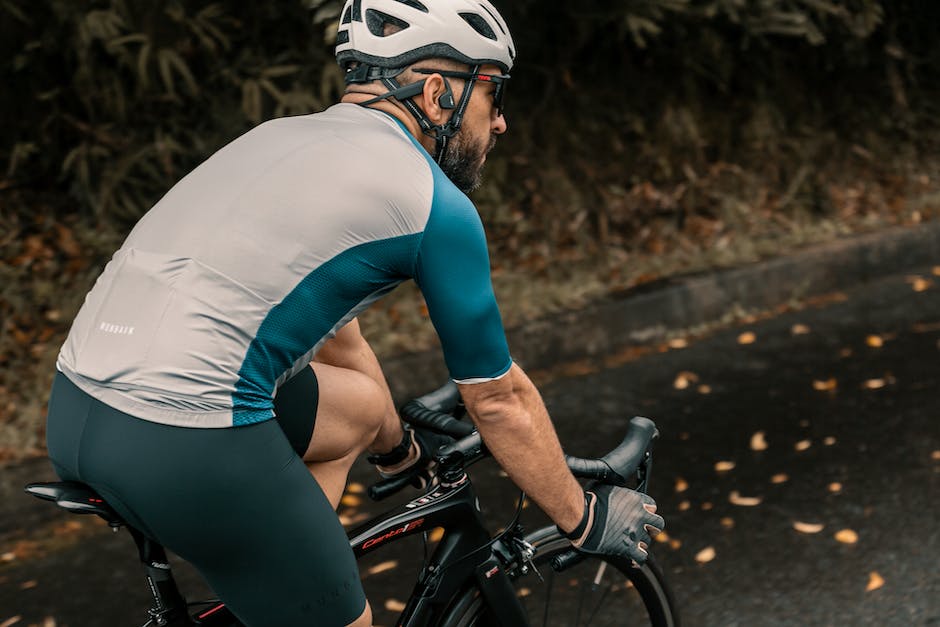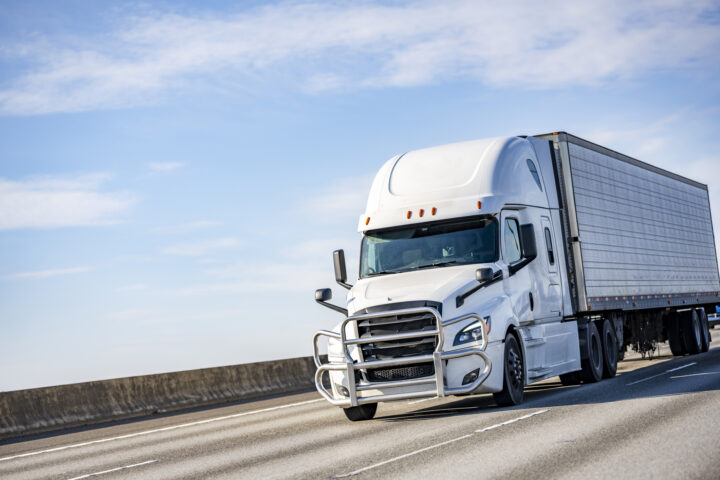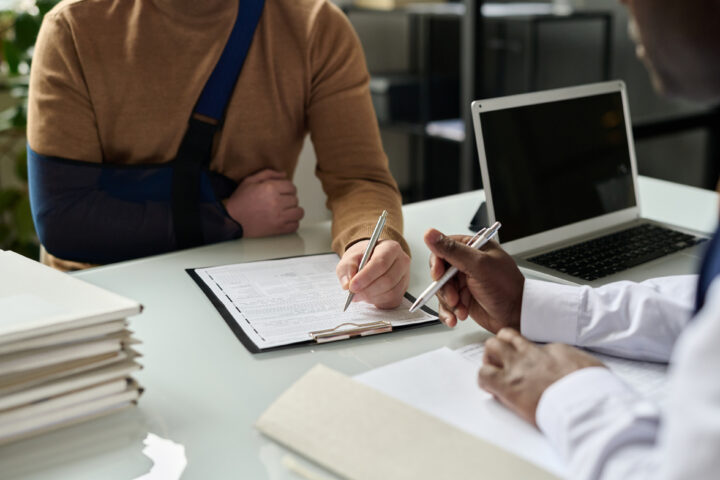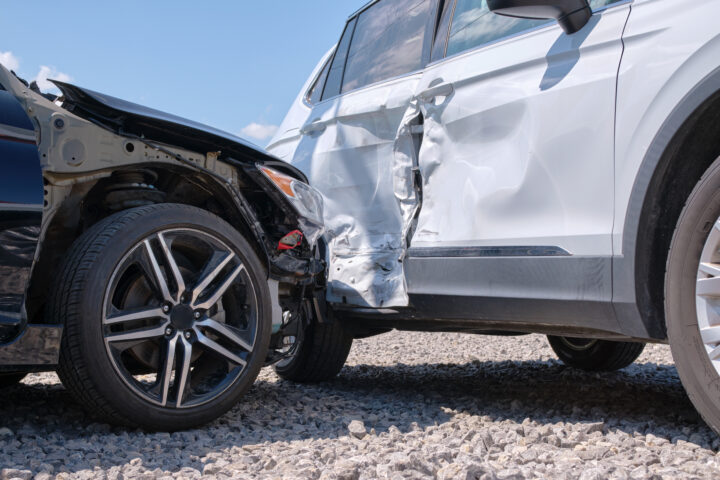
Whether you’re a seasoned cyclist or a beginner, there are risks that come with taking to the open road on a bicycle. While cyclists do have ”right-of-way”, it’s important to know when and where this applies.
It’s also essential that you cycle with a keen awareness of your surroundings as you can never be too sure who understands the rules of the road, and who doesn’t. If you’re ever knocked off your bicycle or fall into the road, here’s what to do after a bicycle accident to best protect yourself.
Hit by a Motorist: What to Do After
Fatal cyclist accidents account for 2 percent of all motor vehicle traffic fatalities in the U.S. The worst part is that many of these accidents are completely avoidable.
Nevertheless, if you’re hit by a motorist while you’re out on the open road, how do you go about proving fault or negligence?
Important Steps to Take After a Bicycle Accident
Your first step is to call 911 and the police — whether it’s you (if you have the ability), or a witness of the accident. If you have not sustained a major injury, it’s still important to get checked out before you head home.
Here are the most important steps to take thereafter:
1. Get to Safety
Get out of the road, and take a breather. You might feel a rush of adrenaline after a bike fall, but it’s important to slow down and assess how you feel before you do anything else.
While you allow your heart rate to level out, check yourself over for scrapes, and move your hands, feet, and limbs to check for sprains, fractures, or broken bones
If your extremities feel fine, try to stand up slowly and move around. If you’re too dizzy or disoriented, sit down and call 911 — you could have a concussion.
2. Stay at the Scene Until Paramedics and Police Arrive
Even if you feel fine, it’s important to remain at the scene of the accident. This way the paramedics can do a thorough medical check and you’ll get a chance to relay your side of the story to the police.
Not only this, but you’re it’s your legal obligation to remain at the scene if you or the motorist sustain injuries/damage to property.
This is also the best way to obtain important information from the motorist whom you might not be able to track down again if you leave the scene.
3. Don’t Enter Unnecessary Negotiations
It might be tempting to begin negotiating with the motorist about what happened, who’s to blame, and how they’ll compensate you. Even if they’re very apologetic they could completely deny their part in the accident at a later stage.
Wait for the police to arrive and give your statement to them as clearly as you can remember.
4. Get Witness and Driver Information
Always ensure that you exchange details with the driver of the vehicle. Important information includes their name, phone number, driver’s license number, license plate details, and insurance policy number.
If there are witnesses of the accident willing to hand over their contact details, take them.
5. Keep a Record of What Happened
You might have given your statement to the police, but it’s still imperative that you keep a record of what happened for your own reference.
As soon as you can, record the details of what you can remember about the accident. The when, where, how, and why. Don’t forget details such as weather conditions, road conditions, street signs, traffic signs, and the condition of the motorist’s vehicle.
Take photos of the scene, your bicycle, the vehicles involved, and the road/sidewalk where the accident took place.
6. Obtain a Copy of the Police Report
Don’t allow police officers to overlook the importance of your statement and your side of the story. Make sure it’s included in the police report.
Once they’ve got your details on record, ask for a copy of the report and keep it in a safe place. If, for some reason, the police neglect to record your statement, ask for the accident report number. You can have the report modified at a later stage to include your side of the story.
7. Document Your Injuries, Doctor’s Visits, and Therapy
Whether you sustained minor or major injuries, keep a record of them too. Take photos of your injuries, and keep a record of your doctor’s visits, any medication you have to take, or physical therapy you might need.
8. Don’t Tamper With Evidence
Evidence is what improves your odds in a personal injury case. Whether it’s your damaged bicycle, helmet, or clothing, try to keep this evidence in its condition after the accident.
If you need to repair your bike, make sure to take photos of the damage before you do so.
9. Avoid Negotiations With Insurance Companies
At some point, the motorist’s insurance company will attempt to negotiate with you on a settlement, before you’ve submitted your case.
Resist the urge to settle or negotiate with them until you’ve spoken to the right professionals.
Always get in touch with a personal injury attorney to discuss your case and your options.
What to Do in Hit-and-Run Accidents
Unfortunately, hit-and-run accidents involving cyclists are far too commonplace in today’s world.
Research indicates that one hit-and-run accident occurs every 43 seconds across the U.S. What these statistics show us is that many drivers know they are at fault, or they’re unsure but don’t want to face the legal consequences.
A hit-and-run accident is different in that the driver flees the scene. This makes it difficult for cyclists to obtain the necessary information they need.
Opening an insurance claim, in this instance, is different and sometimes a little more difficult in proving fault, or holding the liable party accountable. This is why collecting as much information from the scene is super important. As well as documenting what you can remember about the accident.
Where possible, try to get information on the vehicle’s make, model, license plate number, and what the driver might have looked like. Ask any witnesses at the scene if they have helpful information to share.
After a hit-and-run accident, make sure to call 911 to the scene to check you over for injuries. It’s also imperative that you file a police report of your accident as soon as possible.
You must seek out the expertise of an attorney in this situation as they can offer the best advice on how to build a strong case.
Need the Support of an Attorney After a Bicycle Accident?
Taking these important steps after a bicycle accident can make all the difference in the outcome of a personal injury lawsuit. If you require the right expertise to help you fight for the compensation you deserve after an accident that wasn’t your fault, you’re in the right place.
Get in touch with our team, based in Ontario, California, to learn more about how we can help you after a cycling accident!



